Feature 9 min read
Regenerative braking: How it works and what you can do to maintain and upgrade them
While regenerative braking brings fuel and energy saving advantages, our technical correspondent, Rob Marshall, highlights potential issues with the braking system and how to resolve them.
While unusual in modern times for a motor car to change habits, the popularisation of regenerative braking that hybrid vehicles introduced over the last 20 years led many owners to adopt competitive eco techniques in their everyday driving. While the motor industry has responded to improve the situation, early pure electric vehicles (EVs) introduced range anxiety, meaning that owners of these older cars used regenerative braking even more, to conserve precious electricity between charges.
Regenerative braking and the challenges for EV drivers
Despite being either immensely complex, or remarkably simple, depending on how well you remember your school physics lessons, regenerative braking utilises the car's electric motor that powers the wheels 'in reverse' to generate current. Instead of driving the road wheels, the motor itself acts as a generator, after the driver releases the accelerator pedal. On certain cars (such as the latest Nissan LEAF, the e-pedal switch from which is pictured below), the rate of regenerative braking can be selected by the driver, with maximum settings resulting in surprisingly rapid deceleration. On some vehicles, this can be aggressive enough to trigger the rear brake lights, even if the driver has not touched the brake pedal. Obviously, regenerative braking rates on some cars are linked to the pressure applied to the brake pedal, which can influence both the regenerative and the friction brake systems.
The recouped electrical energy is fed from the motor/generator, through an electrical control circuit and back into either a high voltage battery, or a specially-developed 12 volt lead-acid type. This captured energy can be used to drive the wheels again, when acceleration is needed. Yet, for certain hybrids that feature regenerative braking, there is a price to pay. As the demand to store and release energy is brief but intense, a conventional 12 volt lead-acid battery is inadequate, because it would overheat and fail quickly. Therefore, your car might be equipped with an AGM (Advanced Glass Mat) battery that is designed to tolerate these conditions, while maintaining a decent lifespan. Enhanced Flooded Batteries (EFB) are fitted to micro-hybrid cars that do not feature regenerative braking but boast other fuel-saving technologies, such as start-stop.
We will look at these types of batteries in a future article but all you need to bear in mind is that 12 volt AGM and EFB (to a lesser extent) batteries are far more expensive to replace than the conventional types that you may have experienced in the past. Never be tempted to downgrade an AGM to an EFB, or both types to a conventional cheaper battery, because it is a false economy. Not only will your electrical system be affected, with the start-stop system ceasing to operate at the very least, but also the regenerative braking system will ruin the replacement battery very quickly. Do not skimp on replacement procedures, either – new batteries need to be coded to the vehicle so that they are recharged properly. Again, we shall explain why in a future article.
Conventional brakes and corrosion
Apart from the regenerative braking system, which relies on the car's electrical system to operate, hybrid and EV brakes are entirely conventional. Just like the disc and drum brakes fitted to any other car, they turn motion energy into heat. Thanks to the regenerative braking system, the typical driver of a hybrid (and especially an EV) tends to use their brakes far less frequently. While you might think that the lifespan of the braking components might be indefinite as a result, the lack of use at higher speeds especially introduces a significant problem. As most braking system parts are made from either steel, or cast iron, it has been noted by technicians that EVs suffer from rusted brakes more often through not only lack of use but also insufficient heat being generated to evaporate any moisture present. This is not an unexpected development. Continental's New Wheel Concept, for example, was developed as in-wheel EV braking system (a wheel rim consisting of several aluminium components to address the corrosion issues) but we have not seen it adopted in a productionised EV motor car thus far.
Should you suspect that your brakes are corroded, be wary of squeaking, or grinding sounds that persist after several applications of the brakes at higher speeds. They may not be serious - but they could be. Play safe and get advice. Severely rusted brakes have a habit of binding/sticking/locking, especially as they warm-up, so be suspicious if your car feels less free-moving than usual, or if you notice smoke and an accompanying acrid burning smell emanating from a road wheel. Driving with overheated brakes can be extremely dangerous. Comparing the temperatures of the road wheels is an obvious clue; should any one of them feel noticeably warmer to the touch than the others, expect that the corresponding brake is not releasing fully. Never touch the brake parts inside the wheel after a drive, or you could be rewarded with a severe burn. Should you suspect that any part of the braking system is faulty, take the car immediately to a garage, or arrange to have it collected.
As EVs require less maintenance than both conventionally-powered cars and hybrids generally, it is easy to forget to change the brake fluid, which tends to be recommended every two years. While it should be on an EV’s service schedule, it can still be ‘overlooked’. This fluid absorbs moisture from the atmosphere naturally, which encourages corrosion to build inside the braking system as well. Contaminated brake fluid also reduces the braking system's capacity, courting failure. Therefore, do not neglect the recommended change interval, even if your annual mileage is relatively low.
Brake parts purely for EVs
One major advantage with EVs, and hybrids that can be driven for a moderate distance on electric power alone, is their powerful, quiet and peaceful driving characteristics. While there have been safety concerns raised about this, with manufacturers and legislators reacting with artificial sound effects for pedestrian safety, brake noise is more obvious, because it tends to be masked by background sound from a combustion engine.
While unwanted sounds might be caused by worn/corroded brake pads and discs, you are not limited to main dealer-branded parts only. A number of quality aftermarket braking companies in the UK stock popular hybrid/EV brake pads and discs in their UK catalogues, such as Bosch Automotive Aftermarket, Federal-Mogul (Ferodo), Comline, Delphi, Meyle and more, all of which comply with the mandatory European R90 safety standards for brake pads and discs. Yet, consider that there is also an upgrade option that you might wish to pursue.
For the reasons discussed earlier, corrosion on the brake friction surfaces increases brake noise and potential discomfort factors. As more EVs are entering independent workshops for servicing work, customer complaints about these various issues are seeing action being taken. Challenged with reducing EV brake noise in particular, TRW Aftermarket, the renowned manufacturer of braking system products, has launched Electric Blue, a new brake pad that is designed solely for EVs.
While the make-up of friction compounds is immensely complex, an aim of Electric Blue is to reduce noise and vibrations that are highlighted to occupants within an EV. These properties are aided by rubber-coated accessories that are installed when the new brake pad is fitted. Yet, a further environmental challenge for the entire braking industry is to reduce emissions that originate from brake pads, which leads TRW Aftermarket to claim that it has also engineered Electric Blue to produce less dust than before. The friction compound also helps to discourage corrosion, so the risk of a handbrake not releasing, for example, is reduced.
Therefore, should your EV need work on its discs and pads and you have been aware of noises that arise upon depressing the brake pedal, be aware that Electric Blue parts are available to your independent workshop. TRW Aftermarket told us that its range covers 97 per cent of all EVs on UK roads and the company is growing its range of pads for hybrid applications as well.
CONTACT
TRW Aftermarket
Website: https://www.trwaftermarket.com/en/where-to-buy/
Phone: 01978 667800
EV and hybrid brake upgrade options will grow over time. Naturally, discoverEV.co.uk will keep you informed, as those products are launched. So far, however, TRW is the only company focussing on providing an EV brake pad upgrade that addresses noise and corrosion concerns. Should you live across the pond, you might consider paying EV Tuning Solutions a visit, a North American company that offers bespoke EV aftermarket products and expertise. Aware of the issues affecting friction brakes, it has put together several different packages that can either restore stock performance, or enhance it. Parts on offer include stainless braided flexible hoses, corrosion resistant GEOMET coated brake discs and several pad options for the Tesla range (specifically Model S pre-facelift 2012-2016, and Model 2016+ facelift, and Model X). They also stock parts from other respected brands, including RB Performance, TRW, Zimmermann and R1 Concepts, which offers parts exclusively for the BMW i3. We recommend that any modifications you make to your vehicle are safe and legal and always inform your insurance company, even if they are geared towards improving safety.
CONTACT
EV Tuning Solutions
Website: https://evtuning.com/
Conclusion
While regenerative braking brings fuel and energy savings, the friction brakes suffer through under-use. Therefore, consider that your brakes require more frequent attention; have them inspected by a proficient technician during each service, which must involve removing the road wheels. A MoT Test inspection is insufficient. Alternatively, should you sense noise, suspect binding, detect a decrease in braking ability, or notice a brake pad wear indicator warning lamp is illuminated, play safe and visit a garage immediately.
Prevention is better than cure and periodic 'exercising' of the brakes is a good idea, while driving. This may mean selecting (if applicable) a low regen mode and use your friction brakes to slow down, especially in wet conditions. This will not only keep moisture away from the pads, discs and associated components, so optimum braking power is available should you encounter an emergency, but also the resultant heat will help reduce the chance of corrosion rusting your brakes away prematurely.

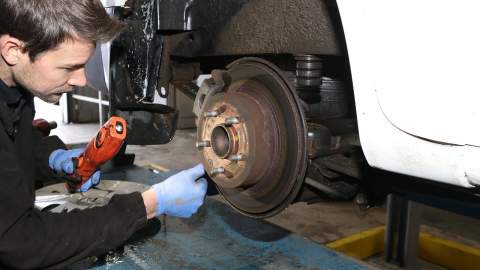
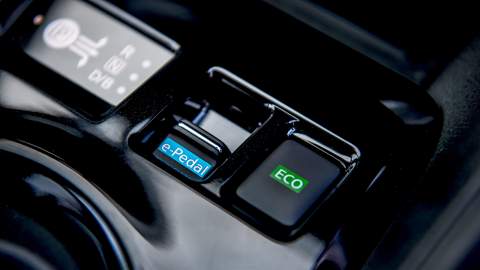
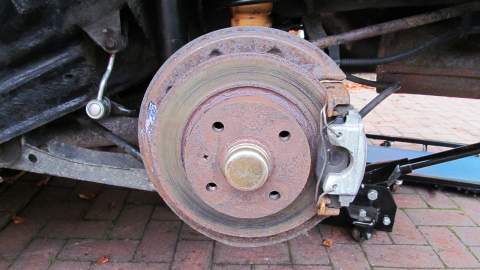
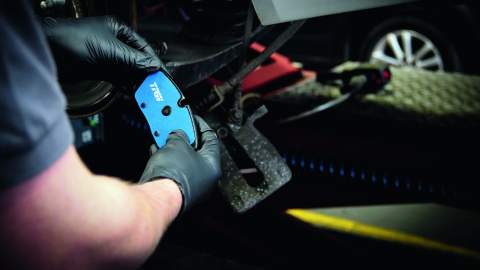
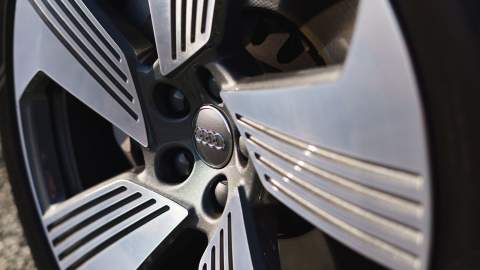

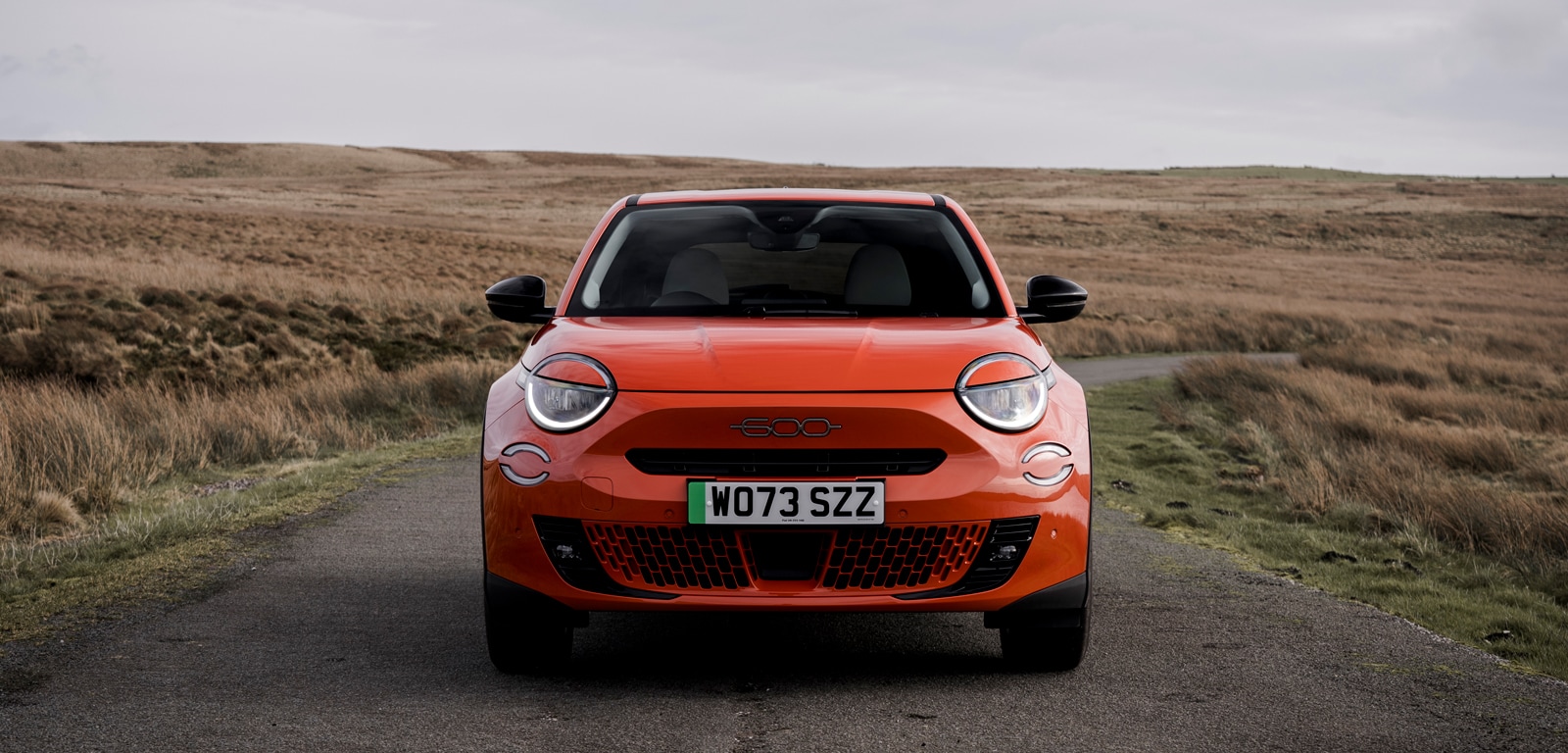
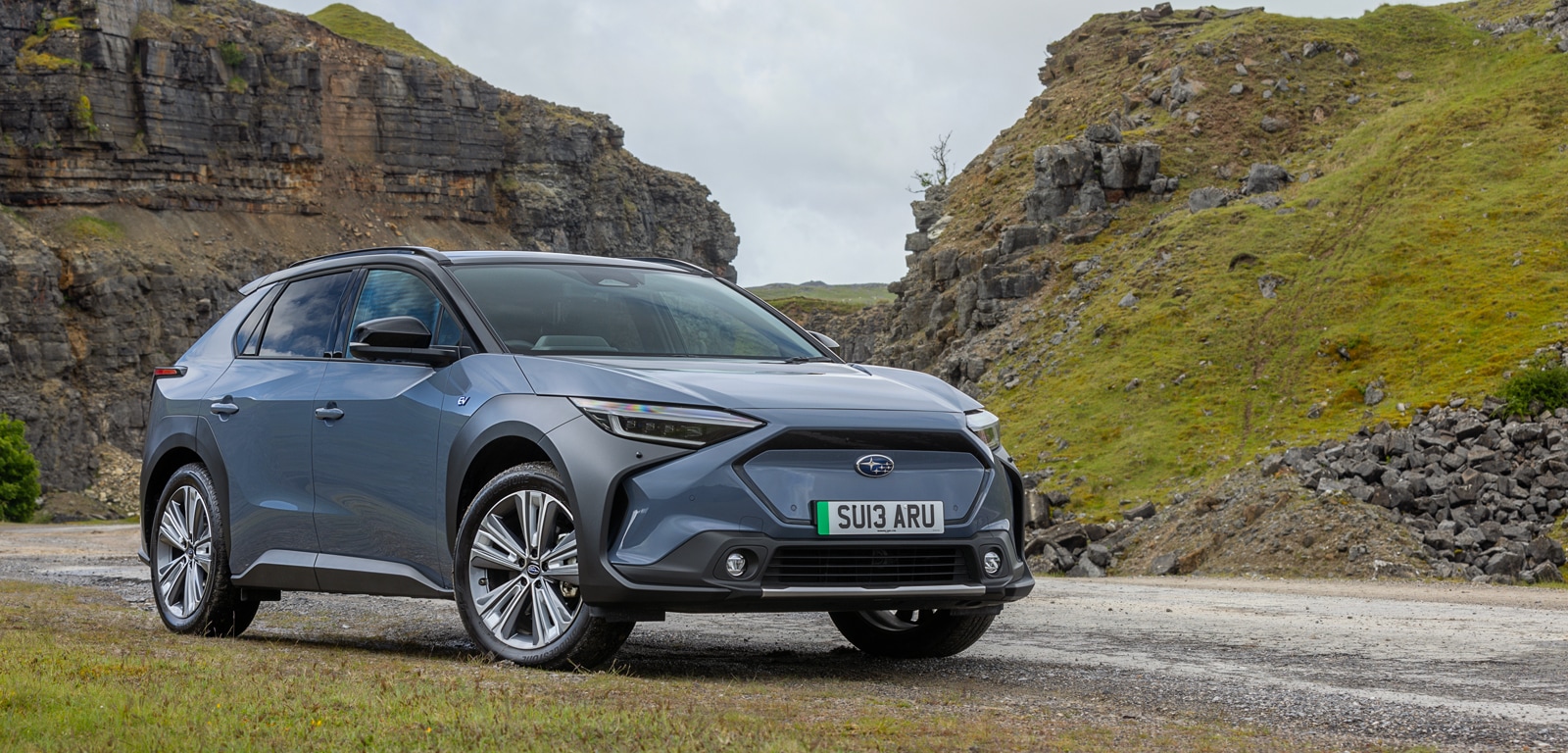
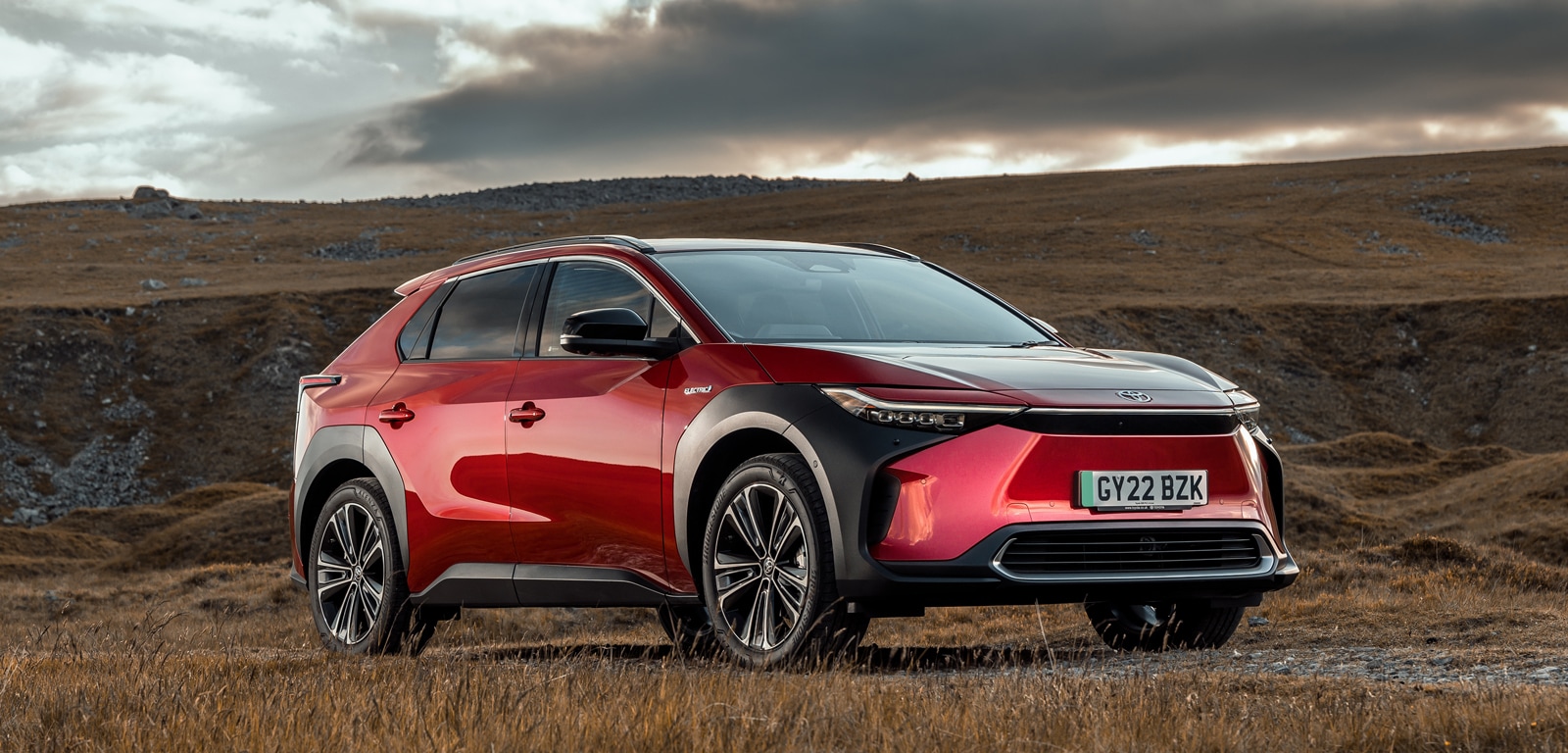
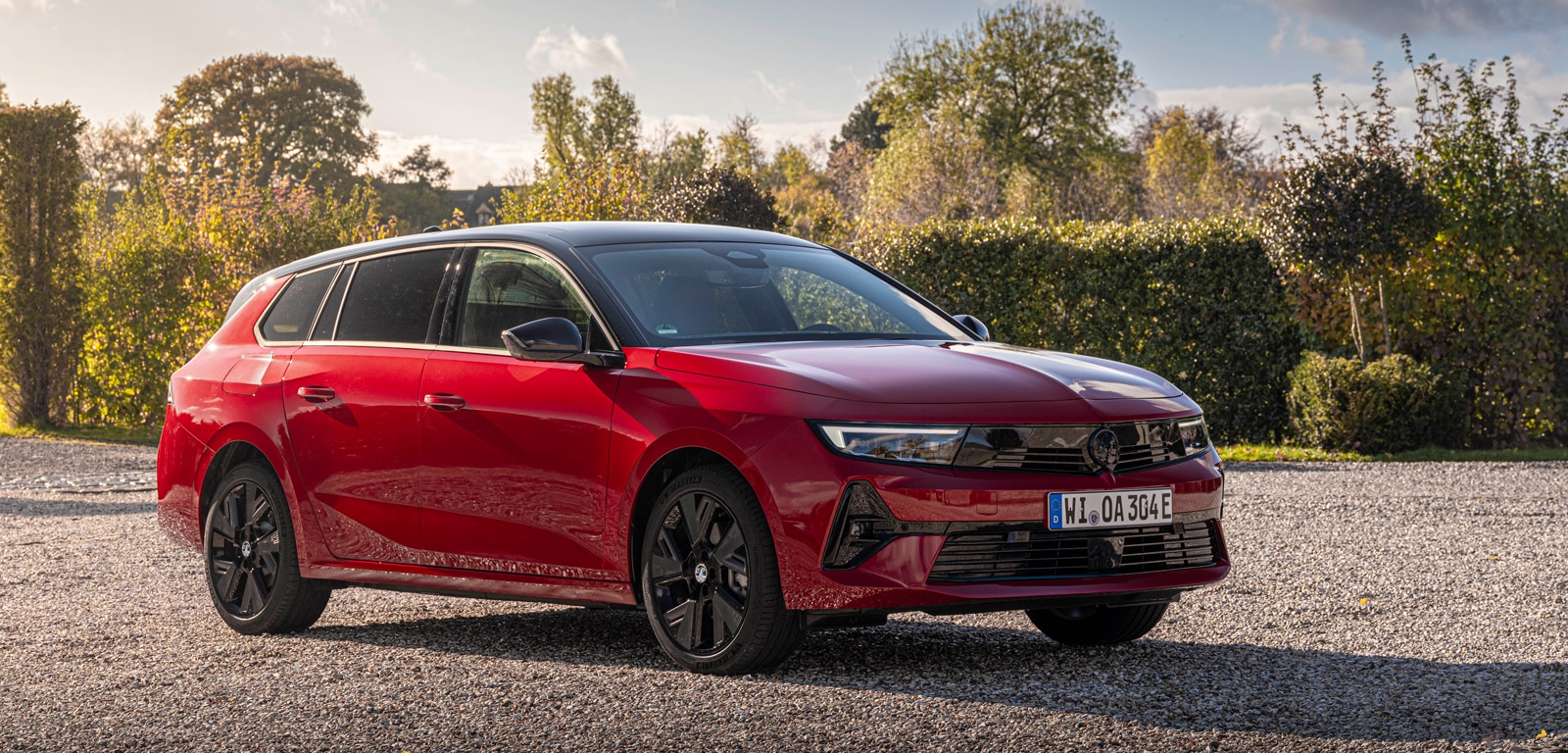
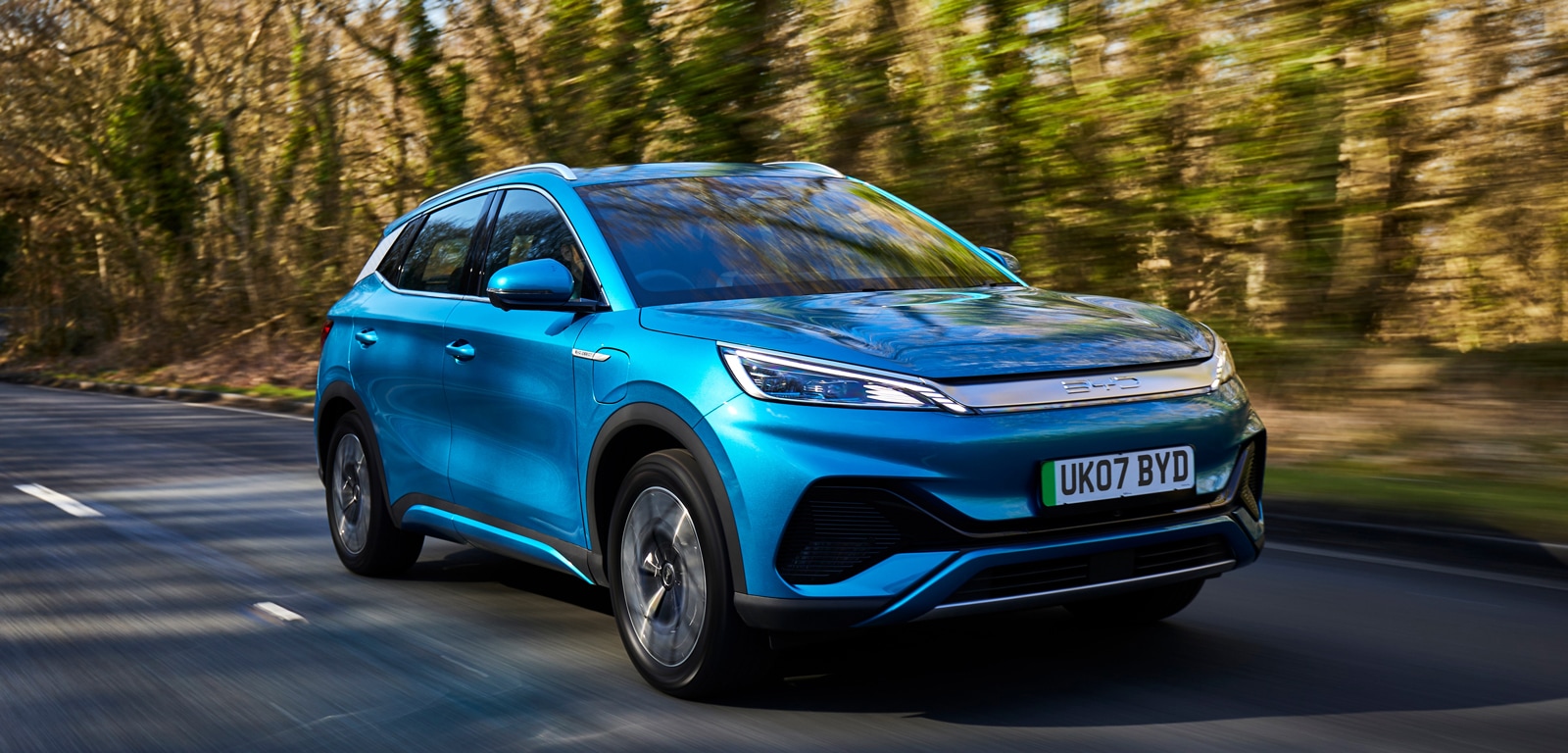
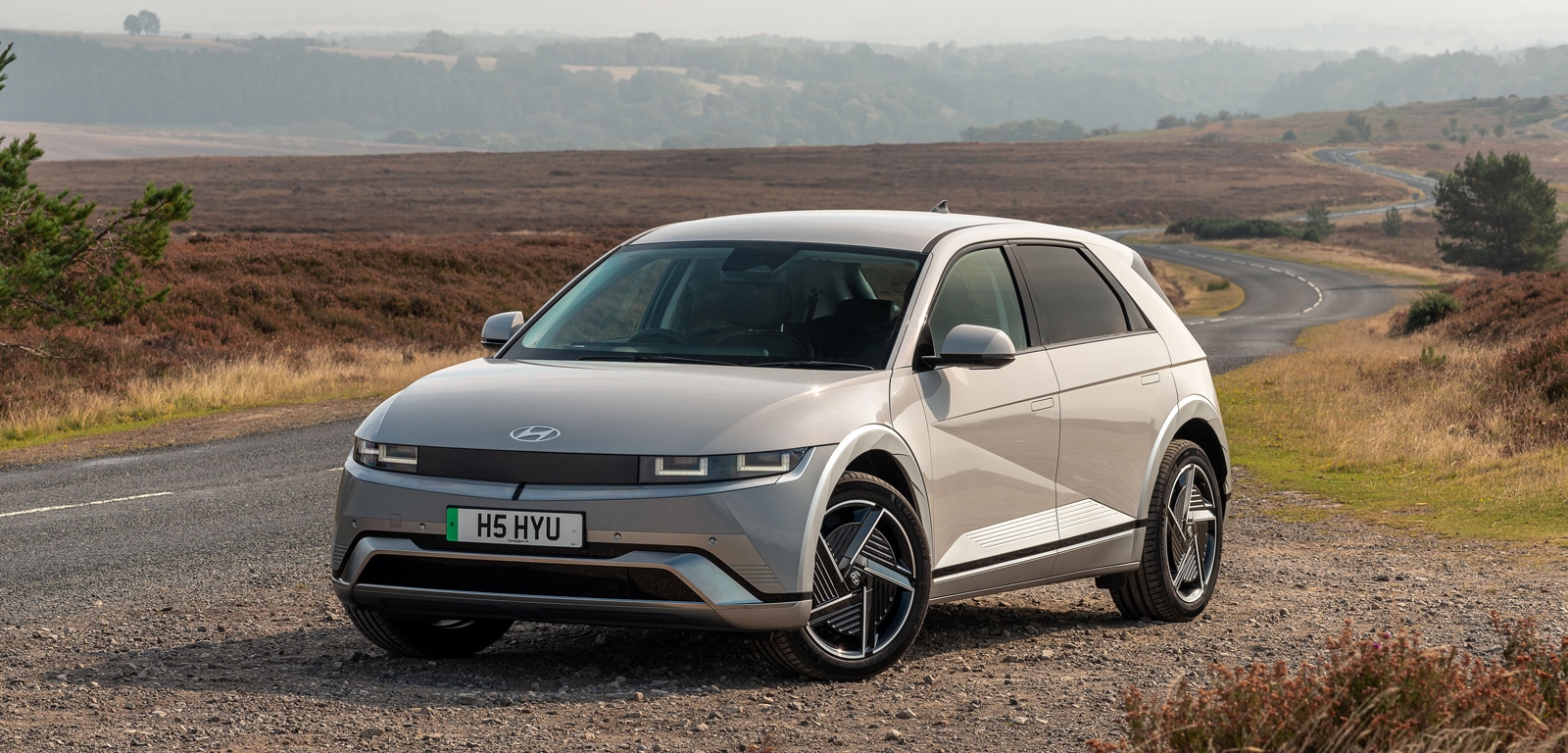

Comments (0)
Be the first to write a comment
Login/ Signup